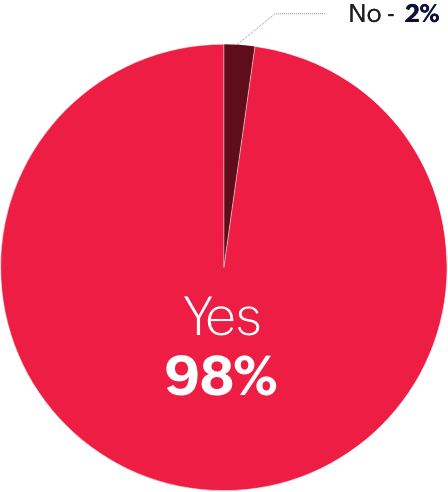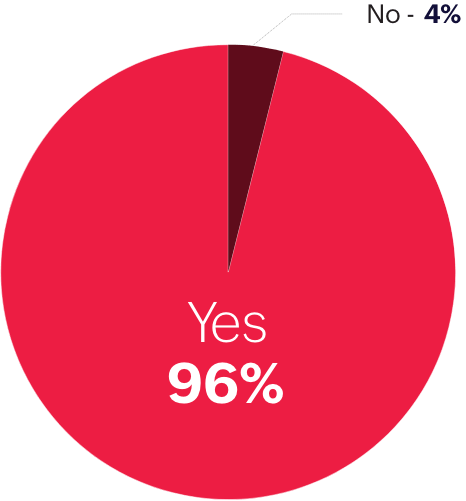Introduction
The cloud landscape has grown significantly over the past decade due to which many organizations are making the shift to the cloud. The rapid cloud adoption is partly because of the cloud's efficiency and partly because remote and hybrid work has become the norm following the pandemic. Following the increase in cloud adoption, the surface area for attacks grew and the different ways in which attacks could be executed also expanded, but due to the lift and shift approach that many organizations followed, negligible attention was given to cloud security. This left many vulnerable to threats and data breaches, which impacted both the finances and reputations of organizations.
Organizations have since opted for cloud security tools such as cloud access security brokers (CASB) to obtain visibility into their cloud network and prevent further attacks. But a CASB tool alone isn't enough to adequately protect an organization from all kinds of threats; integration with other security tools is what the market currently demands. Is consolidation the way forward?
To understand the cloud landscape and the market demand for cloud security tools, we conducted a survey with Censuswide.
We surveyed
500+IT professionals in the United States spanning various industries, including healthcare, financial services, manufacturing, and government.
Industry
Q. Which industry does your organization fall under?
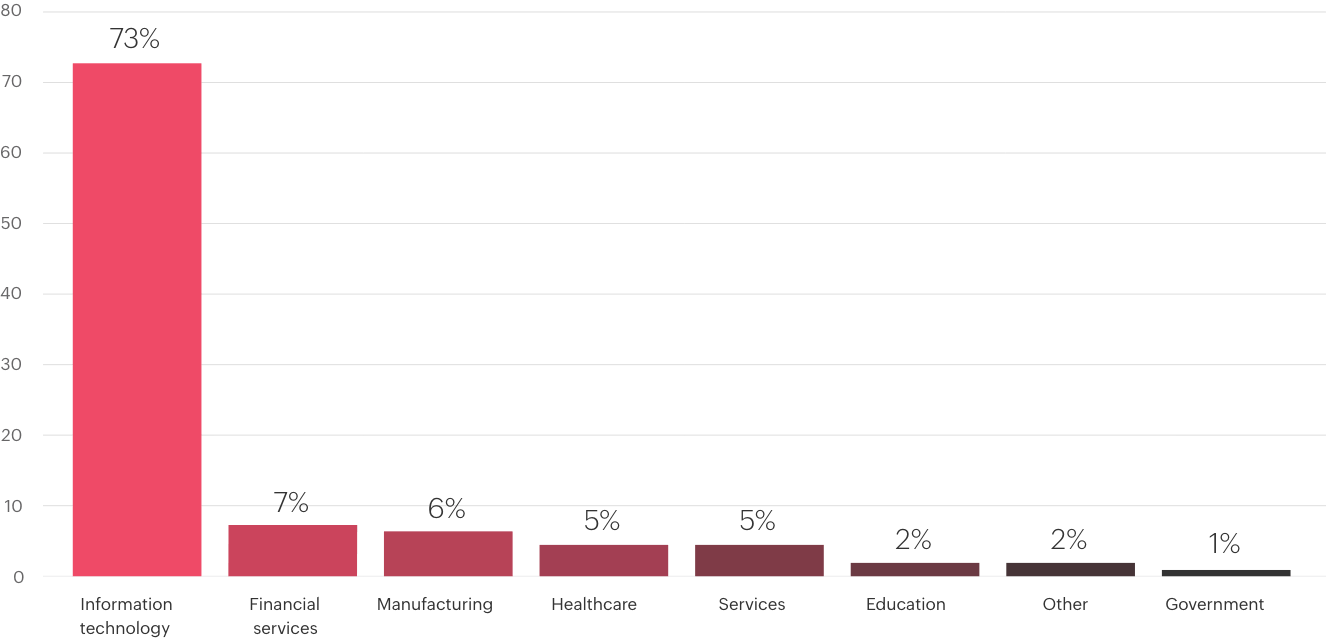
Company size
Q. How many employees work at your organization?
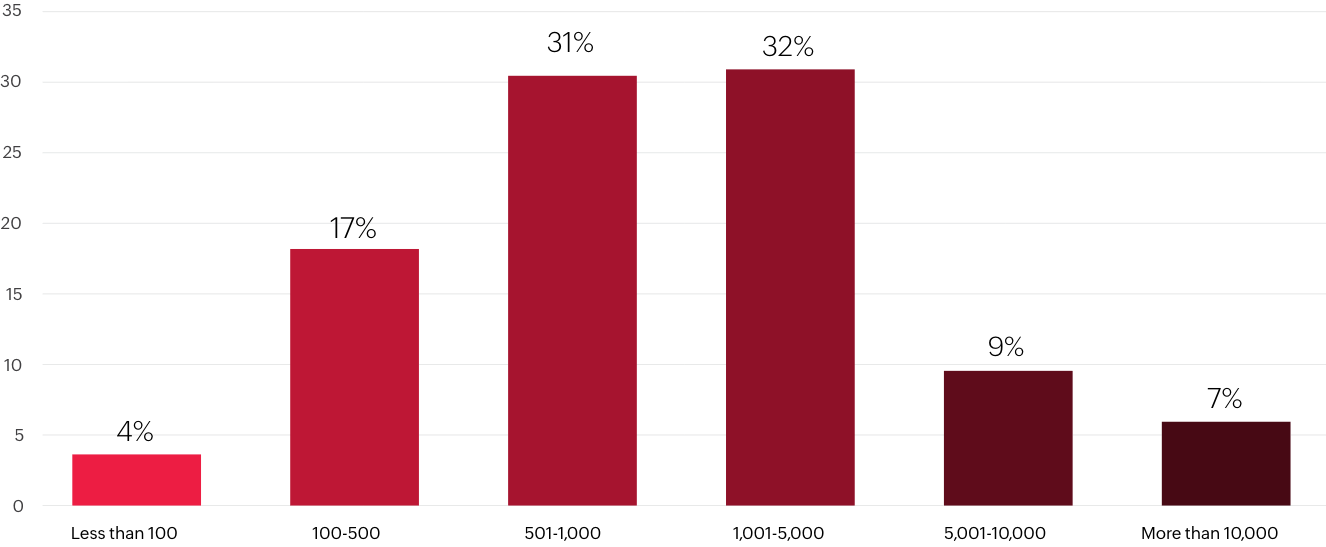
Company turnover
Q. Approximately what is your company’s average annual turnover?
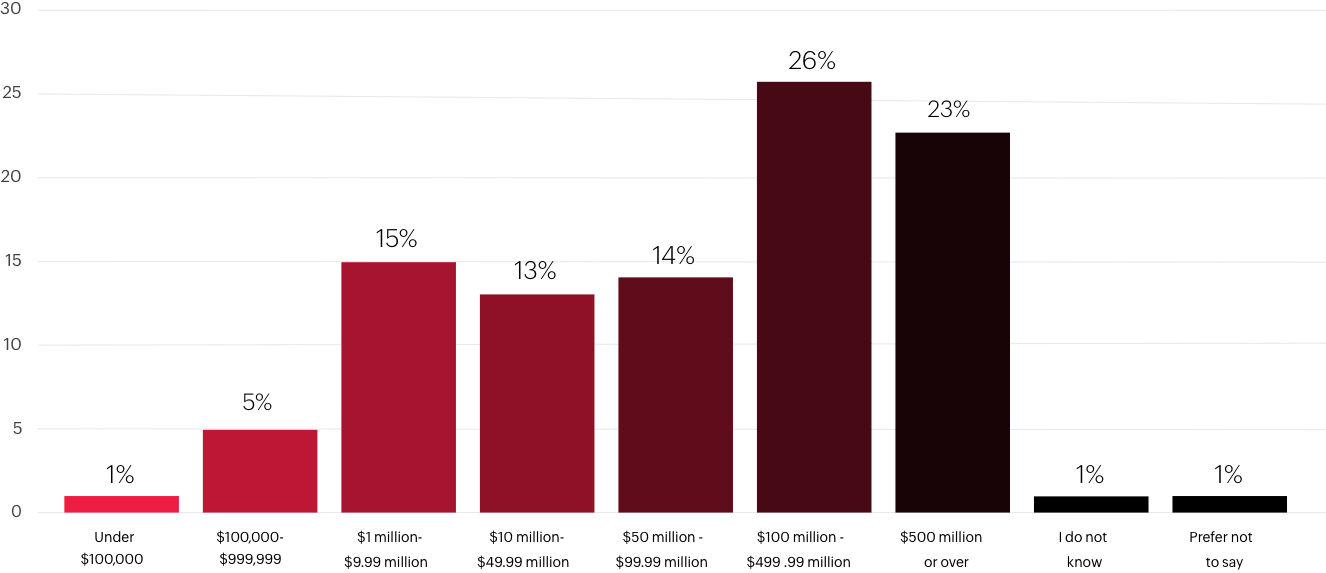
The survey included a total of 20 questions, which addressed cloud usage in the surveyed organizations, cloud security budgeting and resources, cloud security tool usage, what organizations expect and prioritize from CASBs, and what cloud security threats organizations consider the most impactful. This report contains our findings.
The rise of multi-cloud
It takes a team to detect and secure the network from threats—not just in terms of security analysts and IT resources, but in terms of tool capabilities as well.
- 72%
of surveyed organizations opt for multi-cloud applications.
- 5%
have deployed a hybrid cloud system.
- 23%
plan to adopt cloud computing within the next 24 months.
Organizations opt for multi-cloud applications due to the vendor-specific capabilities that each service provider offers and to avoid a concentration of data within one cloud platform. But this can make it tough to form one concise cloud security strategy for all platforms, as each cloud service provider (CSP) has its own set of security policies that need to be adhered to.
The cloud security threat landscape
Organizations flocked to the cloud because of its scalability. However, this also increased the probability of cyberthreats, as the urgency to shift to the cloud took precedence over implementing cloud security strategies. This left organizations vulnerable to cyberattacks that impacted their reputations and finances.
Survey participants were asked:
What, if anything, do you believe is the most common and impactful cloud security threat?
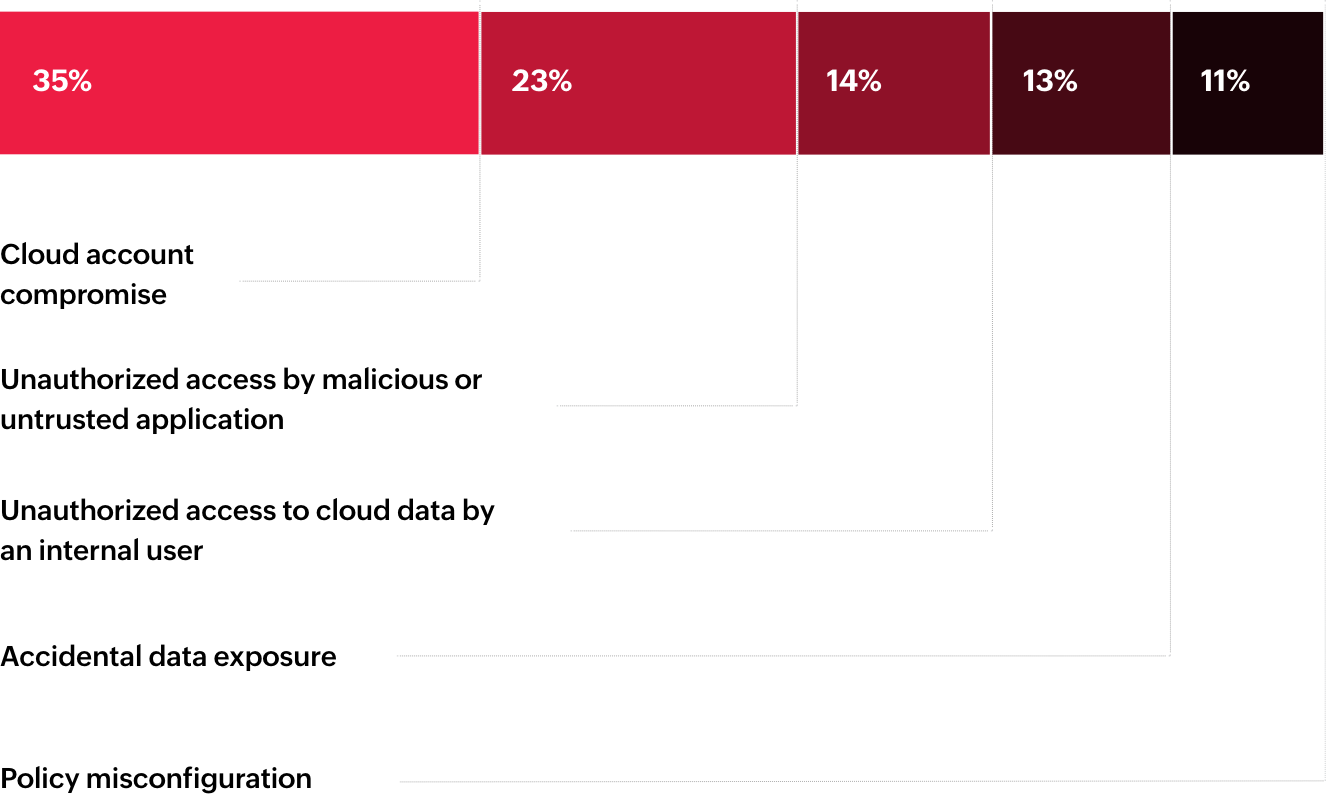
Thirty-five percent of survey respondents believe that cloud account compromise is the most impactful cloud security threat. This is followed by unauthorized access by external malicious or untrusted application (23%) and internal users (14%). Together, identity-based security threats are the top most impactful cloud security concerns.
Following the shift to cloud, identity-based attacks surged, likely as a result of the surge in cloud users and identities across organizations to accommodate remote and hybrid work environments. Furthermore, identities are easier to target than perimeter security systems, as these systems have several layers of protection that make it tough for the attacker to bypass. Users are an easy target, because something as simple as a phishing email is often enough for the threat actor to gain access to the network.
It is for this reason that organizations find cloud account compromise and unauthorized access to be the most impactful cloud security threats.
US firm, Civicom, suffered a data breach when it left its Amazon S3 bucket open and accessible without user authentication processes in place. The misconfigured S3 bucket left over 100,000 customer video and audio files exposed—the total equating to over 8TB of data. The breach exposed thousands of hours of private conversations between Civicom clients, along with personally identifiable information (PII) such as full names and images of clients' employees.
This incident highlights the way in which threats such as unauthorized access can impact an organization. The attack did not just affect Civicom's reputation, but also the privacy of its clients. This goes to show just how easy it can be for attackers to gain access to a network and how important it is to have a cloud security strategy in place to detect and prevent attacks.
Are small SOCs enough?
It takes a team to secure a network from threats effectively. However, only 14% of surveyed organizations have more than five security analysts in their SOC. Six percent don't have dedicated security analysts to devise security strategies and 2% outsource the task.
Survey participants were asked:
How many security analysts are there in your security operations center?
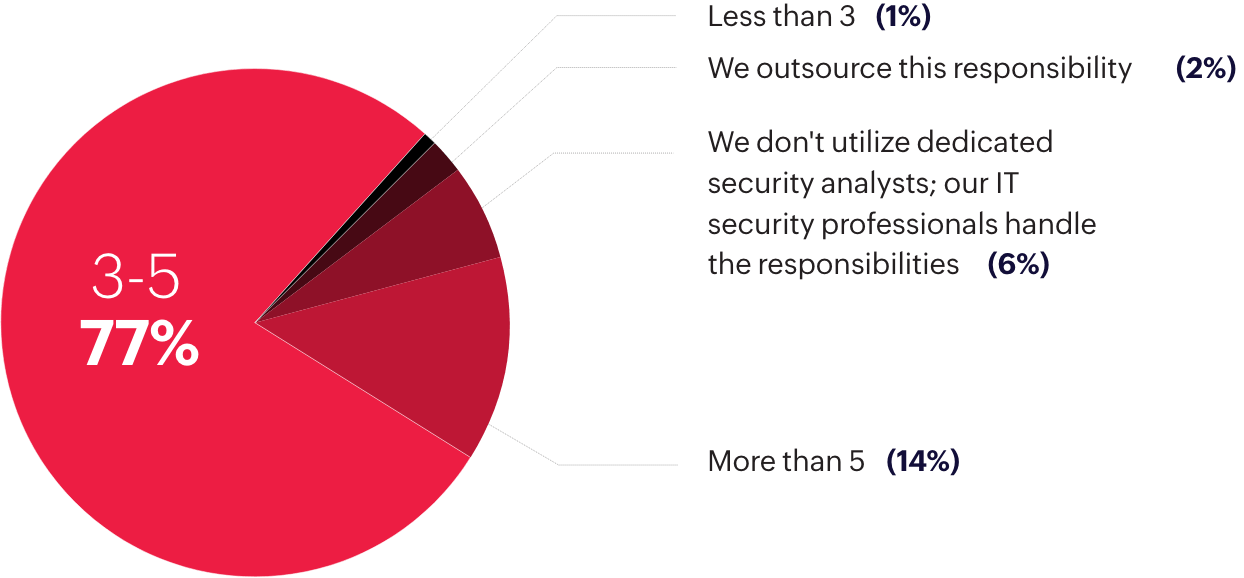
A network has various endpoints that need continuous monitoring—it requires continuous monitoring of systems, users, and the access of resources within the network. SOCs also need to not only ensure data and network security, but also meet compliance requirements, which can be hard for a small SOC team.
Furthermore, a majority of organizations have adopted multi-cloud applications, and each cloud service provider follows their own security policies. This makes it hard to form one concise security strategy, which is why many organizations make the use of a CASB tool.
The great CASB
According to Gartner, CASBs are "on-premises, or cloud-based security policy enforcement points, placed between cloud service consumers and cloud service providers to combine and interject enterprise security policies as the cloud-based resources are accessed. CASBs consolidate multiple types of security policy enforcement."
The functionalities of a CASB can be divided into four pillars: visibility, threat detection, data security, and compliance. It is these functions that make a CASB a crucial element of an organization's cloud security strategy.
of organizations surveyed used a CASB solution to secure their cloud security architecture
Out of this percent, 70% use a cloud-hosted CASB tool and 30% have deployed the solution on-premises.
Survey participants were asked the following questions:
What purpose does your CASB solution solve?
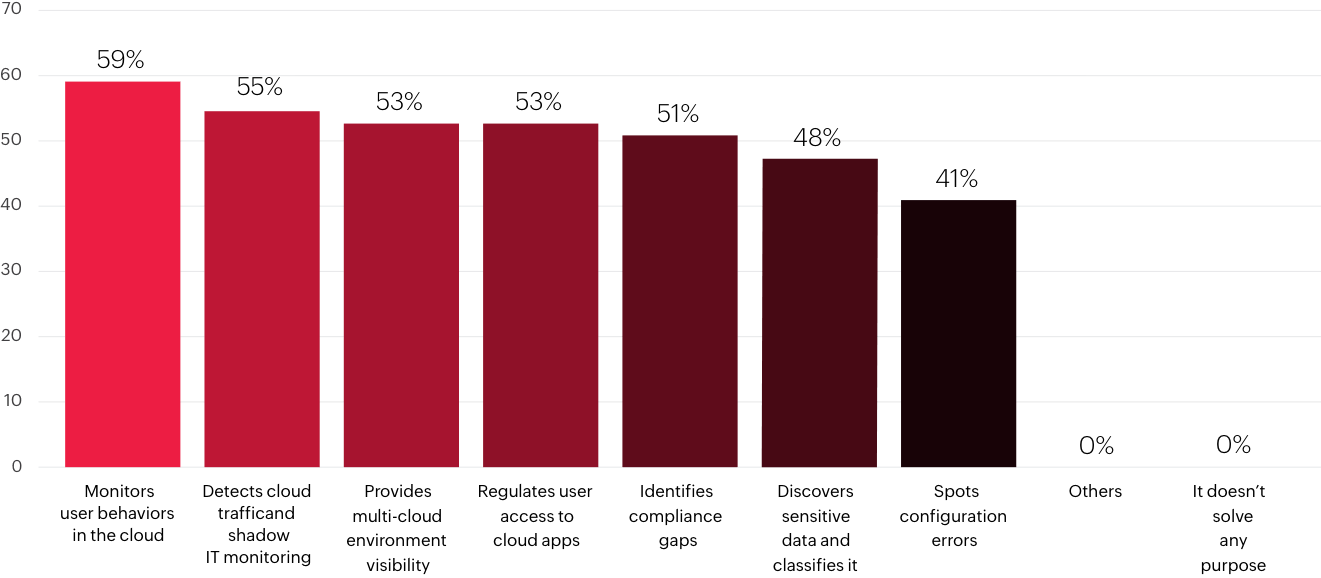
What are the most important compliance capabilities of your CASB solution?
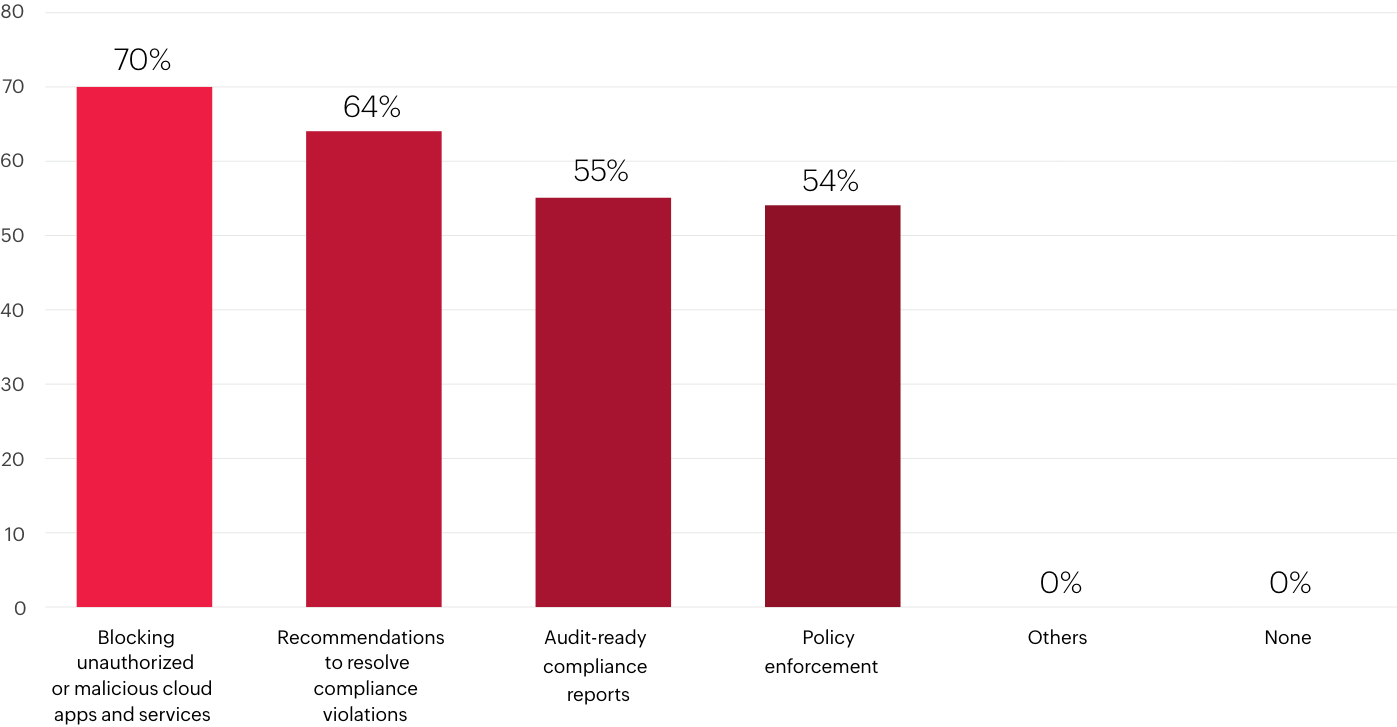
What are the most important security control capabilities of your CASB solution?
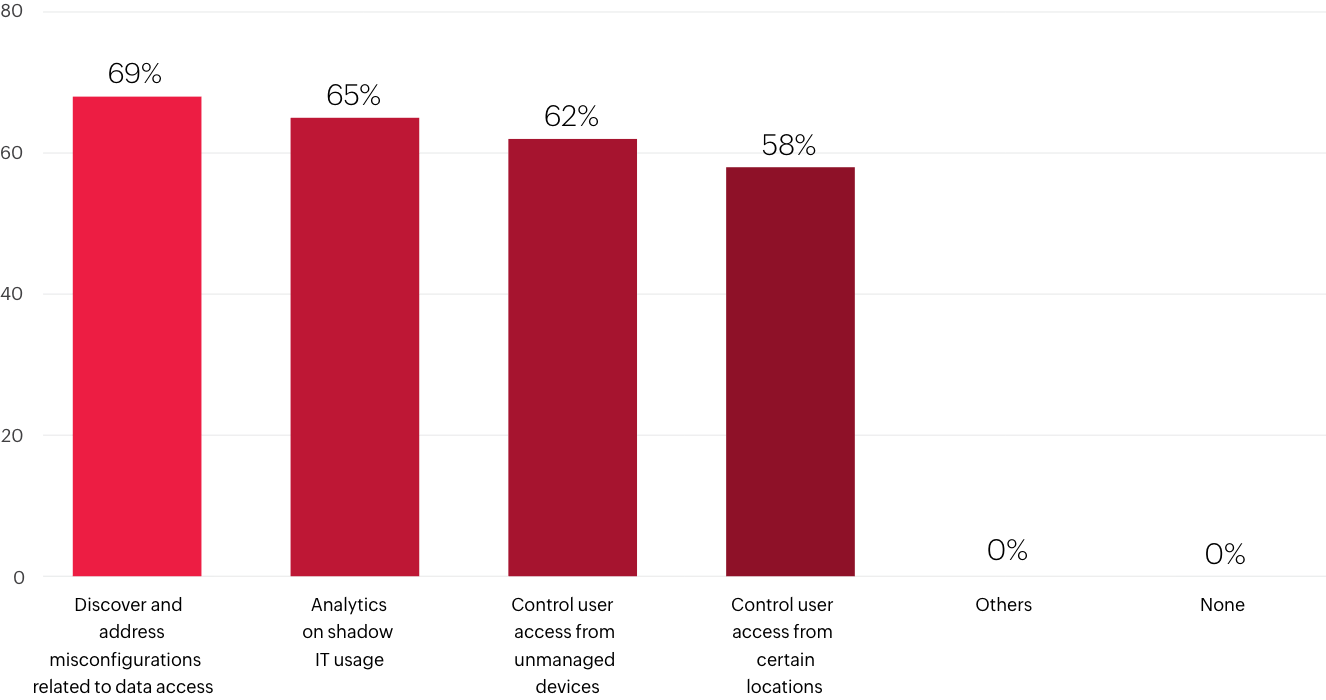
Cloud security strategy and solutions
Multi-cloud adoptions seem to be here to stay, so it's imperative to implement a security strategy that provides visibility into the different cloud platforms, monitors data movement across all platforms, defends against internal and external threats, and adheres to compliance regulations simultaneously. Most organizations make use of different tools in order to perform these various functions.
Survey participants were asked the following questions:
Which of the following security solutions, if any, do you use in your organization?
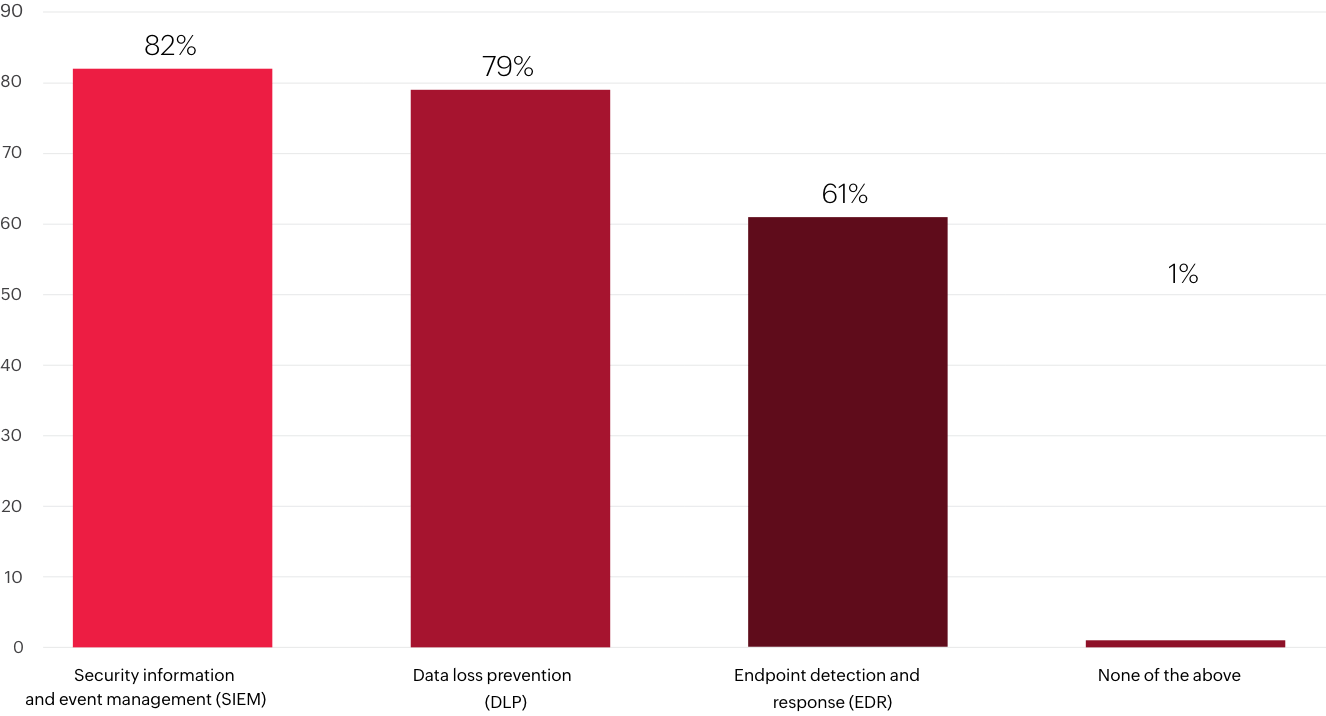
Do you monitor your users' accesses to data stored in the cloud?
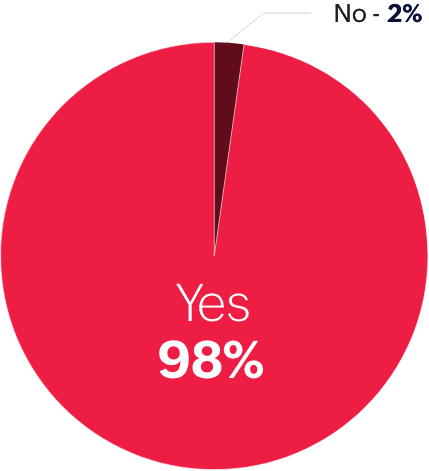
CASBs consolidate these various functions—they offer visibility into the different cloud environments and help with adhering to compliance mandates, securing data, and protecting against threats, becoming an integral part of cloud security architecture. But a CASB tool alone isn't enough to secure a network, as it only monitors the cloud. The market therefore demands integration and orchestration of CASBs with other tools to create a strong cloud security architecture.
Cloud security 2023 outlook: Predicted trends based on survey findings
Conclusion
With over 77% of organizations using multi-cloud applications or hybrid deployments and the predicted 2023 recession looming, achieving cloud security resilience has become essential.
Taking into account the large number of threats and attacks that can take place within a network, the large number of resources required to defend against those attacks, and the cybersecurity workforce gap that exists, organizations need a concise, consolidated tool that can provide visibility into the various cloud platforms, defend against threats, protect data, and help with compliance, such as a CASB.
While a CASB effectively protects data in the cloud, it isn't as effective outside of the cloud. A CASB solution alone isn't sufficient to adequately secure a network. To build a strong security architecture, a CASB needs to work in tandem with other security tools such as EDR, SOAR, SIEM, and UEBA to build a strong cloud security architecture and to achieve cloud security resilience.
About the author
About Log360
Log360 is a unified SIEM solution with integrated DLP and CASB capabilities that detects, prioritizes, investigates, and responds to security threats. It combines threat intelligence, machine learning-based anomaly detection, and rule-based attack detection techniques to detect sophisticated attacks, and offers an incident management console for effectively remediating detected threats. Log360 provides holistic security visibility across on-premises, cloud, and hybrid networks with its intuitive and advanced security analytics and monitoring capabilities.
